In today’s fast-paced world, teaching mindfulness to preschoolers is emerging as a crucial practice to build emotional well-being. This article explores the significance of teaching mindfulness to children early, helping them develop essential emotional and cognitive skills.
This article looks into the transformative power of mindfulness practices in the developmental stages of preschool children. As the modern world evolves rapidly, equipping young minds with tools to navigate their emotions, cultivate self-awareness, and develop resilience has never been more essential. This exploration seeks to highlight the age-appropriate mindfulness techniques that can be seamlessly integrated into the daily routines of preschoolers. It will ultimately lay a solid foundation for their emotional well-being. This foundation will support their inner selves as they step into the complexities of the world around them.
1. The Power of Mindfulness for Preschoolers
a. Understanding the Basics of Mindfulness
Mindfulness is the art of being fully present, encouraging individuals to focus on the present moment without judgment. It is a valuable tool for preschoolers to navigate the complex world of emotions, fostering self-awareness and emotional regulation.
b. The Science Behind Mindfulness
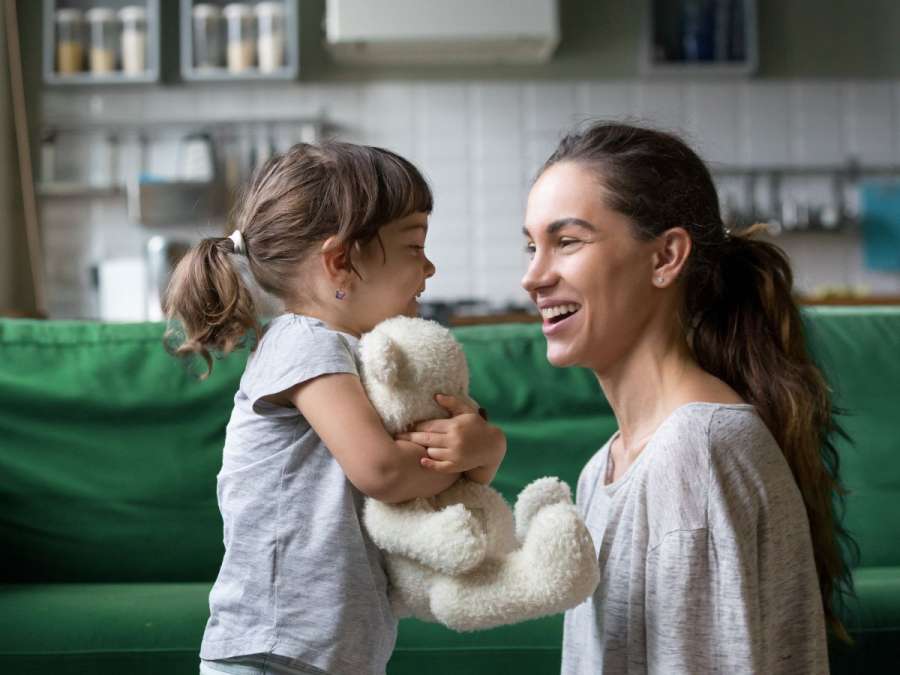
Including mindfulness techniques in early education is not just a passing trend. Neuroscientific research indicates that mindfulness can lead to structural changes in the brain. It enhances areas responsible for emotional regulation and self-control.
2. Benefits of Teaching Mindfulness to Preschoolers
a. Improved Emotional Regulation
Teaching mindfulness to preschoolers equips them with the ability to recognize and manage their emotions. This skill is invaluable, helping children navigate daily challenges and social interactions more effectively.
b. Enhanced Concentration and Attention
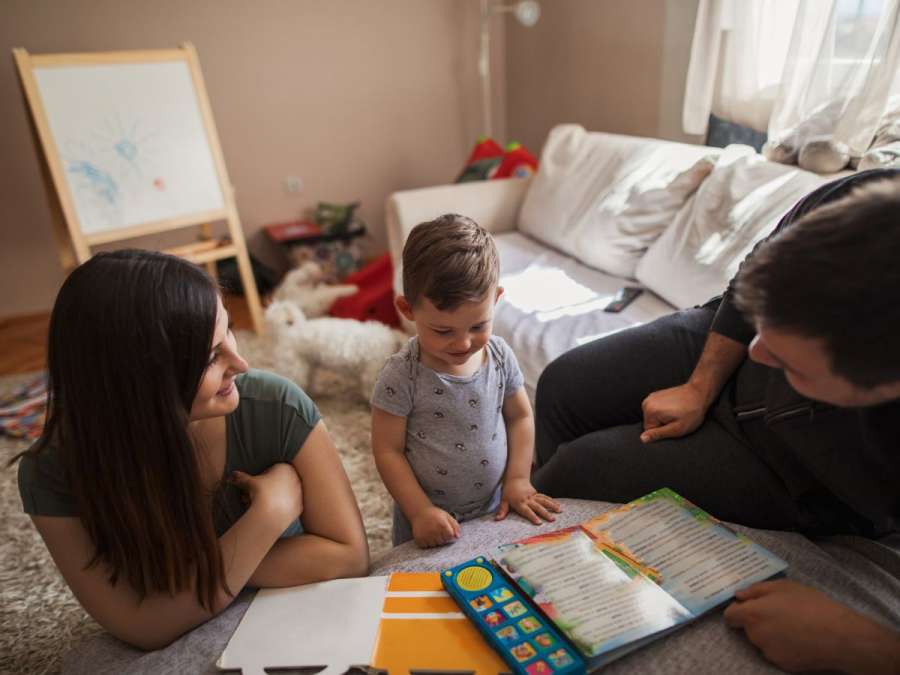
Preschoolers who practice mindfulness tend to display improved attention spans and concentration. This not only benefits them academically but also in their day-to-day activities.
c. Stress Reduction
Mindfulness allows children to develop techniques to cope with stress and anxiety. These tools become lifelong assets, enabling them to navigate the ups and downs of life with resilience.
3. Mindfulness Techniques for Preschoolers
a. Mindful Breathing
Teaching preschoolers to focus on their breath is a fundamental mindfulness technique. Observing their breath and counting inhales, they learn to anchor themselves in the present moment.
b. Guided Imagery

Using guided imagery, children are encouraged to create mental pictures that help them relax and understand their feelings. This technique stimulates their creativity and emotional expression.
c. Mindful Body Scans
A mindful body scan focuses on different body parts, starting from the toes and moving upwards. It helps preschoolers develop body awareness and recognize physical sensations associated with their emotions.
4. Implementing Mindfulness in Preschool Education
a. Teacher Training
Effective implementation begins with well-trained educators. Preschool teachers need to learn how to introduce and guide mindfulness practices in an age-appropriate manner.
b. Daily Routine Integration
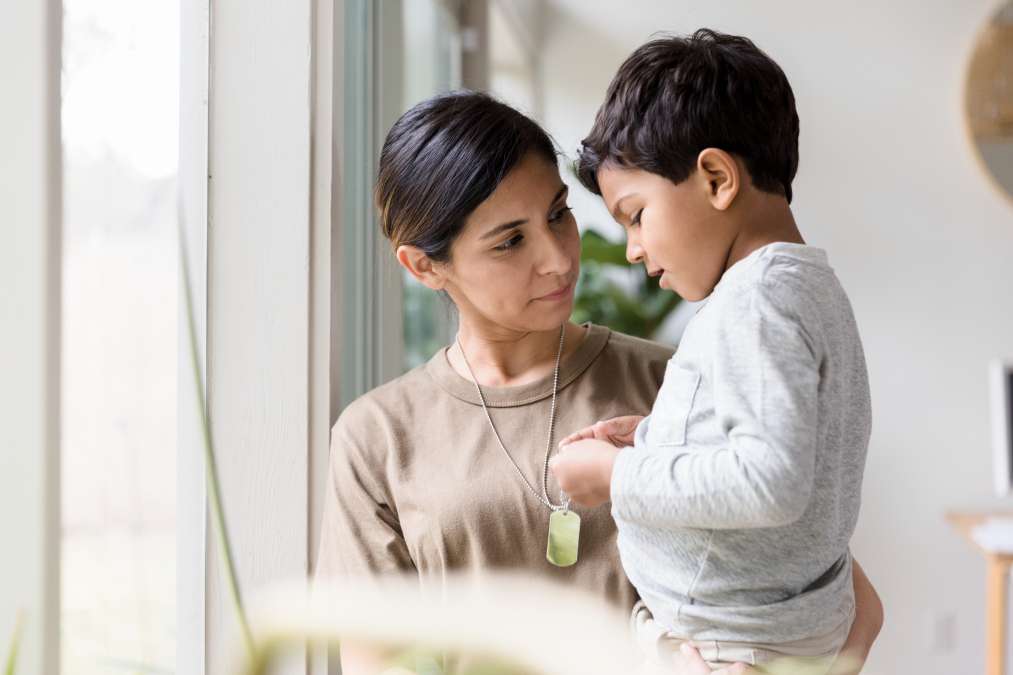
Including mindfulness into the daily routine is important. It can be as simple as a few minutes of mindful breathing or a short mindfulness game during circle time.
c. Parental Involvement
Engaging parents in the process is crucial for continuity. Schools can provide resources and guidance for parents. These resources help them reinforce mindfulness practices at home.
5. Mindfulness in Play and Creativity
a. Art and Crafts
Creativity and mindfulness go hand in hand. Art and craft activities offer children a creative outlet while encouraging them to be fully present in the moment.
b. Mindful Storytelling
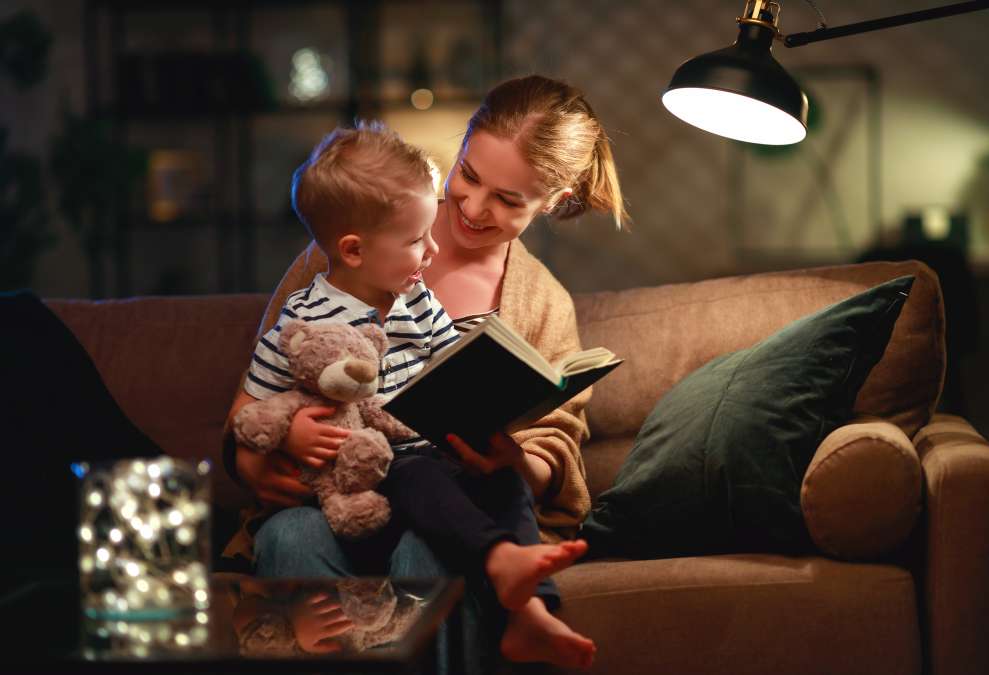
Storytelling with a mindfulness twist can captivate young minds while subtly teaching them the art of presence and empathy.
c. Mindful Playtime
Engaging in games that require concentration and cooperation can be an enjoyable way for preschoolers to practice mindfulness.
6.Challenges and Concerns
a. Age-Appropriate Practices
It is essential to tailor mindfulness techniques to suit the developmental stage of preschoolers. Overly complex practices can be counterproductive.
b. Potential Misconceptions
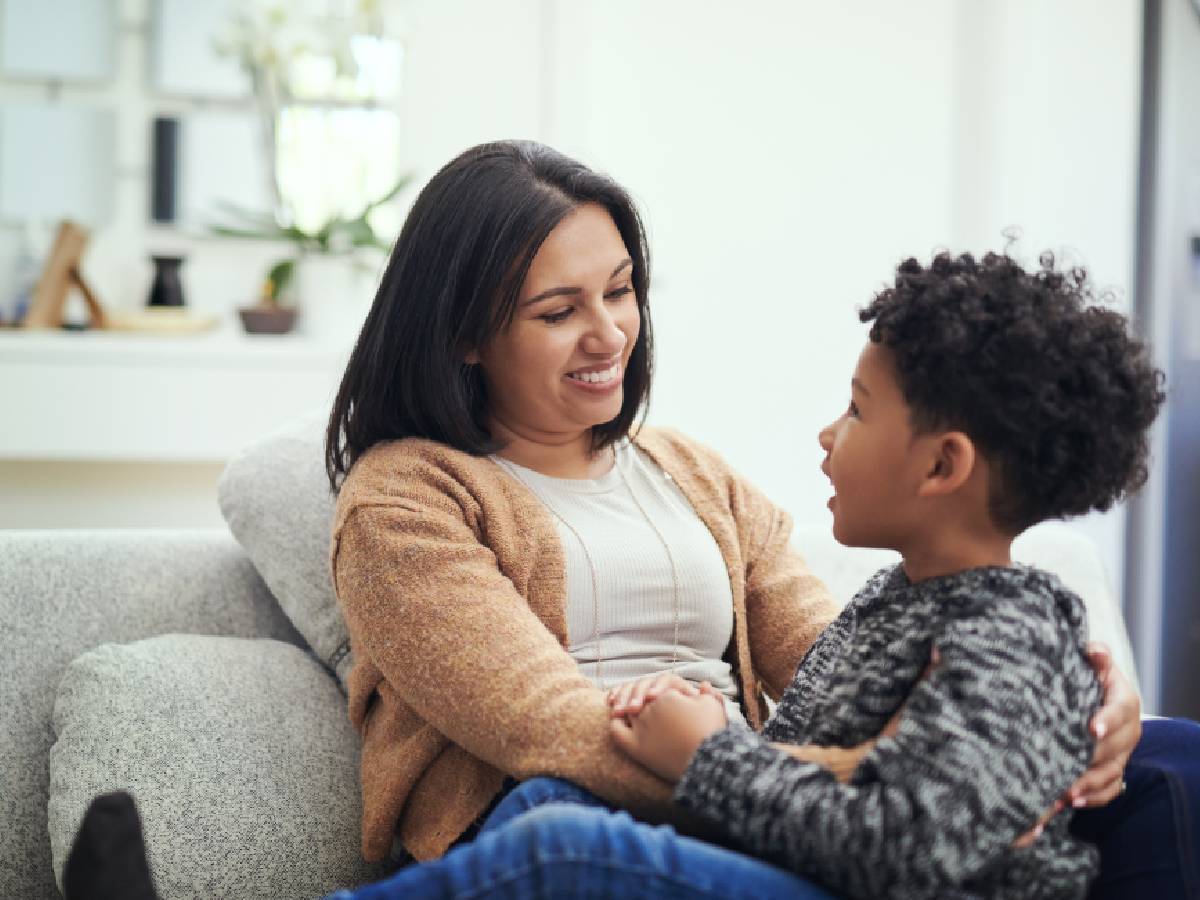
There may be misconceptions among parents and educators about the nature and purpose of mindfulness. Effective communication is key to addressing these concerns.
c. Consistency and Sustainability
Maintaining a consistent mindfulness program in preschools can be challenging. Overcoming this challenge involves support from educators, parents, and the institution itself.
In conclusion, teaching mindfulness to children is a powerful way to lay the groundwork for a lifetime of emotional well-being. This practice equips children with the tools they need to navigate the complexities of their inner world and external experiences. By understanding the basics of mindfulness and recognizing its benefits, we lay the foundation for helping young minds blossom. Implementing age-appropriate techniques in education is a key step in nurturing self-aware individuals. Mindfulness is a transformative practice. It starts with the youngest members of our society, providing them with a path to a brighter, more emotionally balanced future.
Teaching mindfulness to preschoolers is not a passing trend; it is an investment in the emotional well-being of your children. So, let us embrace the power of presence, one breath at a time, and give our preschoolers the gift of mindfulness.
